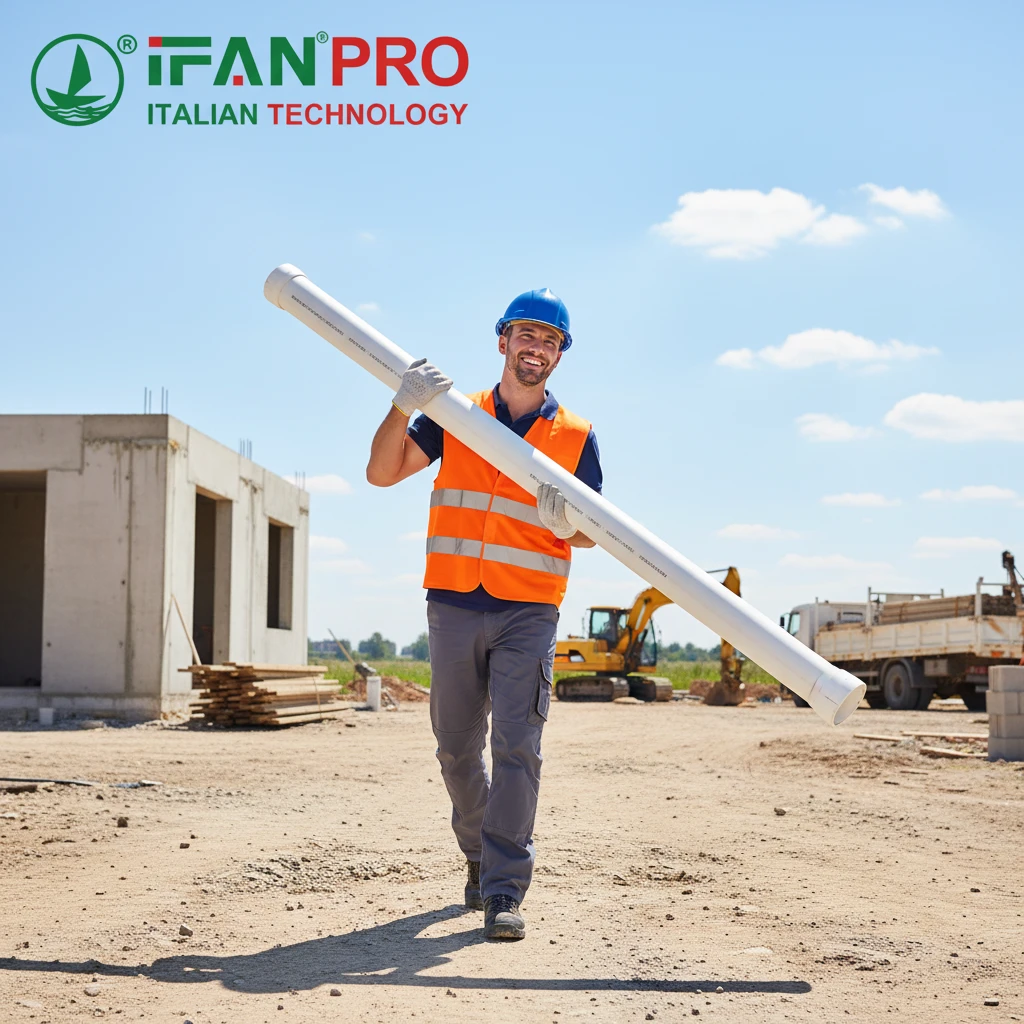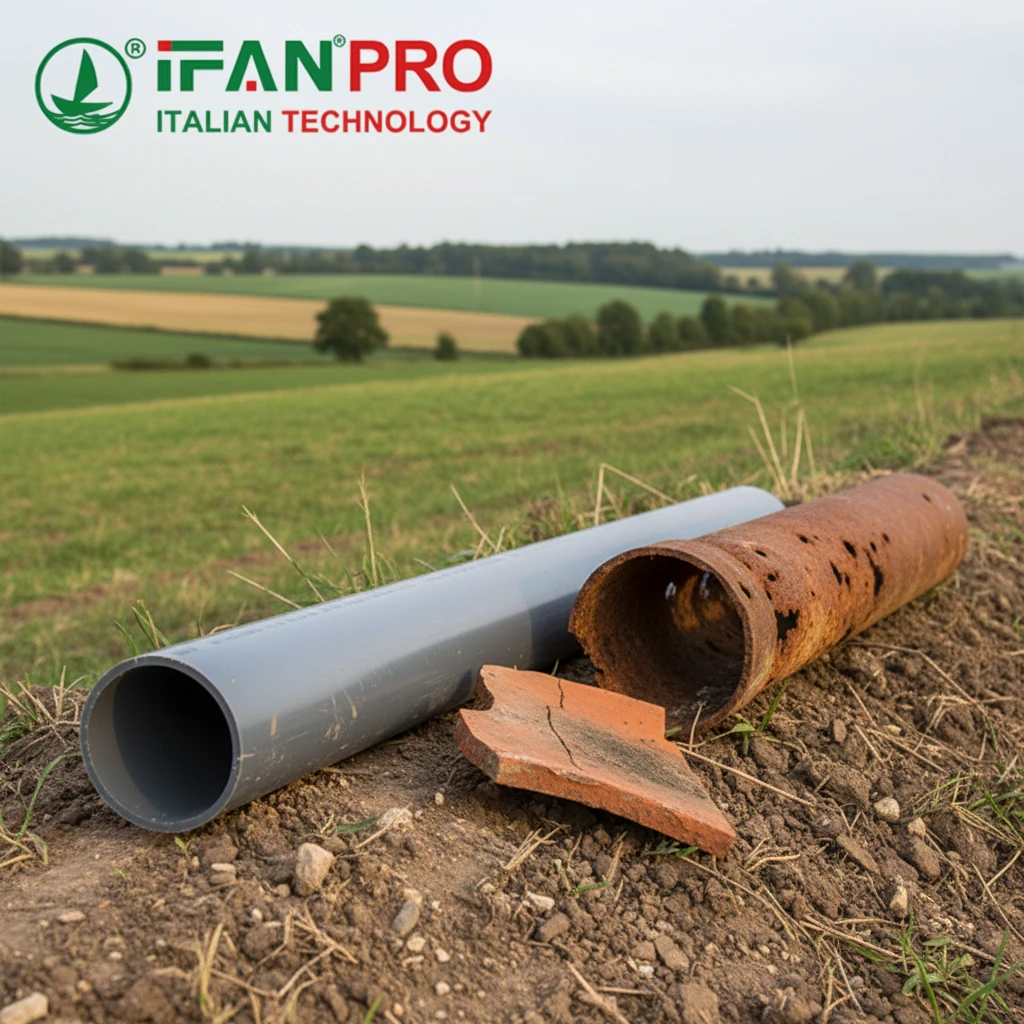Introduction to Brass Ball Valves
Brass ball valves are indispensable components in plumbing systems, offering precise control over the flow of liquids and gases. To ensure their continued performance and longevity, proper maintenance is essential. In this article, we will delve into the maintenance techniques and recommended schedules for brass ball valve to prolong their lifespan and optimize their functionality.
Routine Maintenance Practices
1. Regular Inspection
Perform routine visual inspections of brass ball valves to identify any signs of wear, corrosion, or leakage. Check the valve body, seals, and connections for any abnormalities or damage. Address any issues promptly to prevent further deterioration and maintain optimal performance.
2. Lubrication
Periodically lubricate the valve stem and ball mechanism with a high-quality lubricant to ensure smooth operation and prevent friction-induced wear. Apply the lubricant sparingly and evenly to avoid excess buildup, which can attract dirt and debris and compromise valve functionality.
3. Cleaning
Clean brass ball valves regularly to remove accumulated dirt, debris, and mineral deposits that can impede valve operation and cause leaks. Use a mild detergent or solvent and a soft-bristled brush to gently scrub the valve surfaces and internal components. Rinse thoroughly with clean water and dry completely before reinstalling.
Maintenance Schedule
1. Quarterly Inspections
Conduct thorough inspections of brass ball valves every three months to assess their condition and functionality. Check for leaks, signs of corrosion, and proper valve operation. Address any issues promptly and document maintenance activities for future reference.
2. Biannual Lubrication
Apply lubricant to brass ball valves every six months to ensure smooth operation and prevent premature wear and tear. Remove the valve handle and stem cover, if applicable, and apply a thin layer of lubricant to the stem and ball mechanism. Reassemble the valve components and test for proper functionality.
3. Annual Cleaning
Perform annual cleaning of brass ball valves to remove accumulated debris and maintain optimal performance. Disassemble the valve as necessary and clean each component thoroughly with a mild detergent or solvent. Inspect seals and gaskets for signs of deterioration and replace if necessary. Reassemble the valve and test for leaks and proper operation.
Conclusión
Regular maintenance is essential to ensure the longevity and reliable performance of brass ball valve in plumbing systems. By following the recommended maintenance practices and schedule outlined in this article, you can prolong the lifespan of brass ball valve, minimize the risk of leaks and malfunctions, and maintain the efficiency of your plumbing infrastructure. Remember to consult manufacturer guidelines and industry best practices when performing maintenance tasks on brass ball valves to achieve optimal results and ensure compliance with regulatory standards.
IFAN es un fabricante chino de tuberías, accesorios y válvulas de plástico con 30 años de experiencia. Si está interesado en IFAN accesorios de cobre, válvulas de cobre, tuberías y accesorios de plástico, póngase en contacto con nosotros. IFAN le ofrece una variedad de tuberías estándar para satisfacer sus necesidades específicas. Haga clic a continuación para obtener más información sobre la amplia gama de productos de válvulas y productos relacionados con sistemas de tuberías asequibles y rentables de IFAN.
Responderemos a su correo electrónico o fax en 24 horas.
Puede llamarnos en cualquier momento si tiene alguna duda sobre nuestra producción.
Para más información, visite nuestra página web https://ifanpro.com/
Pls Mailto: [email protected]
Whatsapp: + 86 19857948982














Comentarios recientes